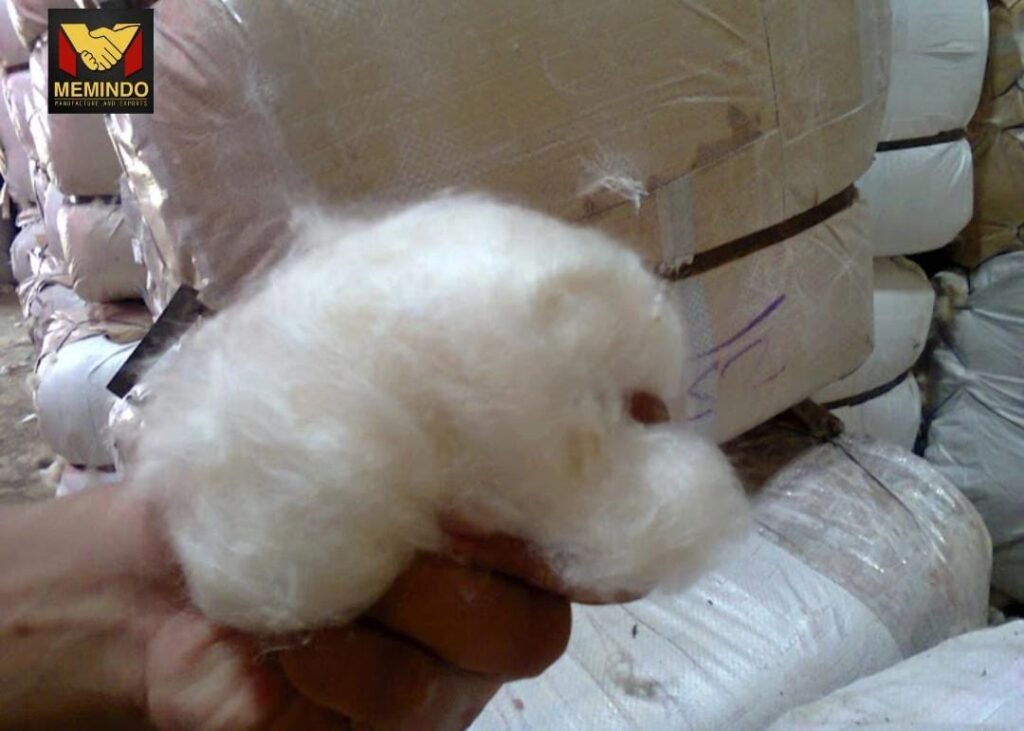Kapok: The Eco-Friendly Fiber Transforming Sustainability
In the pursuit of sustainable materials, kapok is emerging as a standout option. Sourced from the fluffy seed pods of the kapok tree (Ceiba pentandra), this lightweight fiber offers a range of ecological benefits and versatile applications. Let’s explore why kapok is becoming a go-to choice for environmentally conscious consumers and industries.
What Makes Kapok Sustainable?
- Biodegradable and Eco-Friendly: Kapok is 100% biodegradable, decomposing naturally without contributing to landfill waste. Unlike synthetic fibers, kapok fibers break down quickly, making them an environmentally responsible choice.
- Carbon Sequestration: Kapok trees are vital for carbon capture, absorbing CO2 from the atmosphere. By cultivating kapok, we not only promote biodiversity but also help combat climate change.
- Natural Insulation: With excellent thermal properties, kapok serves as a natural insulation material. It’s ideal for eco-friendly construction, providing energy efficiency without the environmental impact of conventional insulation.
Diverse Applications of Kapok
- Sustainable Home Goods: Kapok is increasingly used in bedding and upholstery. Its softness and hypoallergenic properties make it a popular choice for pillows and mattresses, catering to consumers seeking comfort and sustainability.
- Eco-Friendly Fashion: The fashion industry is turning to kapok as a sustainable alternative to synthetic fabrics. Designers are incorporating kapok into clothing and accessories, aligning with the growing demand for eco-conscious fashion.
- Gardening Uses: Gardeners are discovering the benefits of kapok as a natural mulch. It helps retain soil moisture and improves aeration, promoting healthier plants while reducing the need for chemical fertilizers.
- Crafts and Artisan Products: Traditional artisans utilize kapok for handmade goods, from toys to decorative items. This supports local economies while preserving cultural practices.
The Future of Kapok
As awareness of sustainability increases, the demand for kapok is likely to grow. Investing in sustainable harvesting and processing methods will be crucial to maximizing its potential. Collaborations between farmers, manufacturers, and researchers can help promote kapok as a mainstream eco-friendly material.
Conclusion
Kapok is more than just a fiber; it’s a symbol of sustainability and innovation. By choosing kapok products, consumers can contribute to a healthier planet and support eco-friendly practices. With its unique properties and diverse applications, kapok is poised to play a significant role in the shift towards sustainable living. Embrace kapok and join the movement for a greener future!


